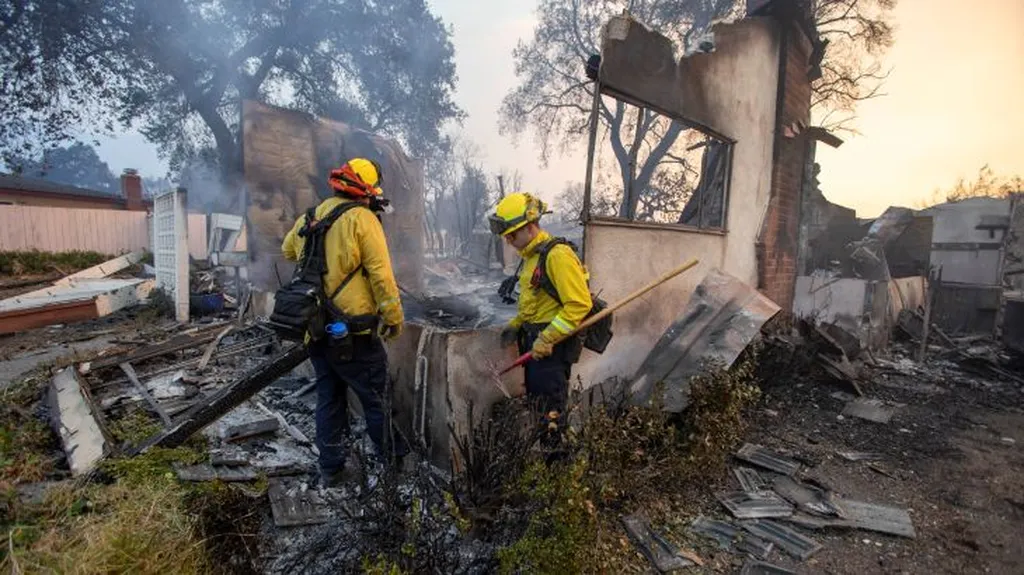In a world grappling with the escalating impacts of climate change, wildfires have emerged as a formidable force, reshaping landscapes, economies, and communities. The State of Wildfires project, led by Dr. Douglas Kelley from the UK Centre for Ecology and Hydrology, has just released its second annual report, offering a stark snapshot of the 2024–2025 fire season. Published in the journal Earth System Science Data, the report, translated as “Earth System Science Data,” provides a comprehensive analysis of global fire activity, with significant implications for the energy sector and beyond.
The 2024–2025 fire season was marked by extreme events that pushed global carbon emissions from wildfires to 2.2 Pg C, 9% above average and the sixth highest on record since 2003. Despite a below-average global burned area, intense fire seasons in South America’s rainforests, dry forests, and wetlands, as well as Canada’s boreal forests, drove up emissions. “The scale and intensity of these fires are not just environmental issues; they are economic ones,” Kelley notes. “The energy sector, in particular, is highly vulnerable to the impacts of wildfires, from infrastructure damage to supply chain disruptions.”
The report highlights several extreme fire episodes, including the devastating Eaton and Palisades fires in Southern California, which caused 150,000 evacuations and USD 140 billion in damages. Wildfires also took a heavy human toll, with fatalities reported in Nepal, South Africa, Los Angeles, Canada, Côte d’Ivoire, Portugal, and Türkiye. The economic and human costs underscore the urgent need for improved preparedness, mitigation, and adaptation strategies.
Kelley and his team evaluated the causes and predictability of four extreme wildfire episodes, revealing that climate change played a pivotal role. “Anomalous weather created conditions for these regional extremes, while fuel availability and human ignitions shaped spatial patterns and temporal fire dynamics,” Kelley explains. In Northeast Amazonia, prolonged drought was the dominant fire enabler, while in Southern California, extreme heat, wind, and antecedent fuel build-up were compounding factors.
The report’s attribution analyses show that climate change made extreme fire weather in Northeast Amazonia 30–70 times more likely, increasing burned area roughly 4-fold compared to a scenario without climate change. Similarly, in the Pantanal–Chiquitano region of Brazil and Bolivia, fire weather was 4–5 times more likely, with 35-fold increases in burned area. In Southern California, burned area was 25 times higher due to climate change.
Looking ahead, the report’s models project that events on the scale of 2024–2025 will become significantly more frequent by 2100 under a medium–high scenario. However, climate action can limit the added risk, with frequency increases held to below 15% in all three regions under a strong mitigation scenario. “This is a wake-up call for the energy sector,” Kelley emphasizes. “Investing in climate action and resilient infrastructure is not just an environmental imperative; it’s a business necessity.”
The State of Wildfires project integrates cutting-edge fire observations and modeling with regional expertise to track changing global wildfire hazards. The report includes thirteen new datasets and model codebases, available from the State of Wildfires Project’s Zenodo community. These resources provide valuable tools for policymakers, practitioners, and researchers working to improve wildfire management and mitigation strategies.
As the energy sector faces the growing threat of wildfires, the insights from the State of Wildfires project offer a crucial roadmap for navigating this complex and evolving landscape. By understanding the drivers of extreme fire events and the potential impacts of climate change, energy companies can better prepare for and mitigate the risks associated with wildfires, ensuring a more resilient and sustainable future.

